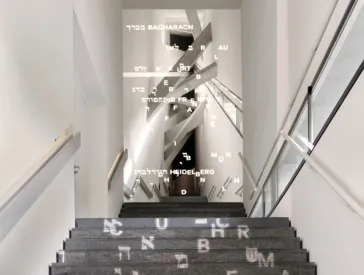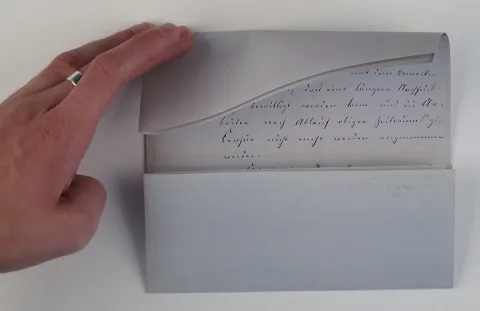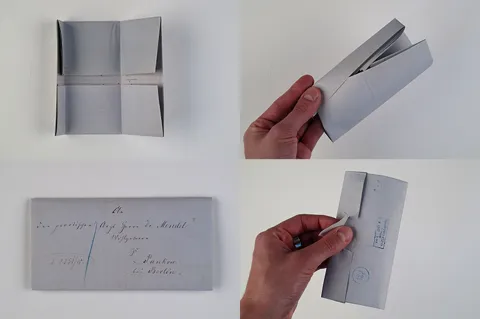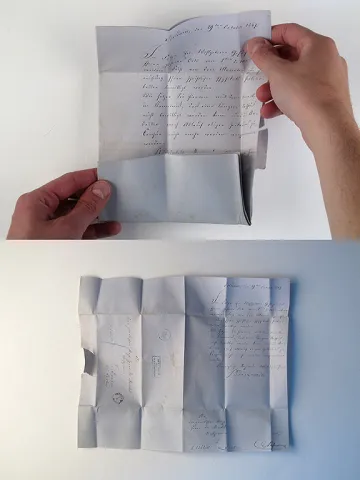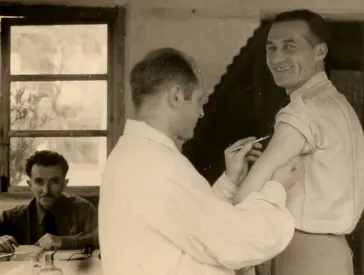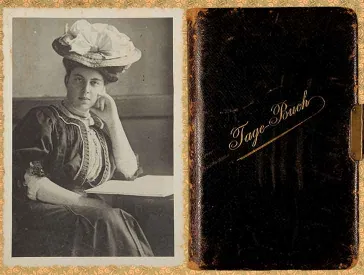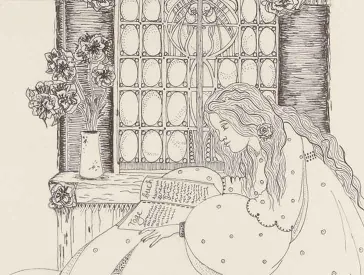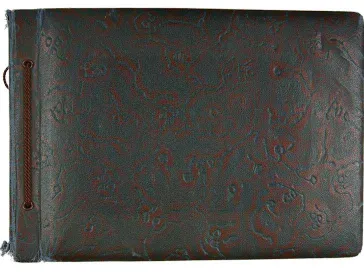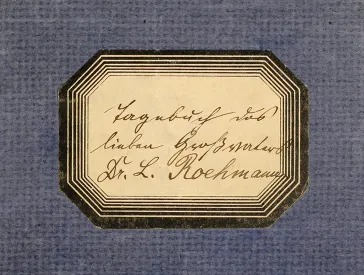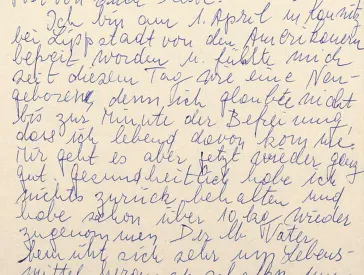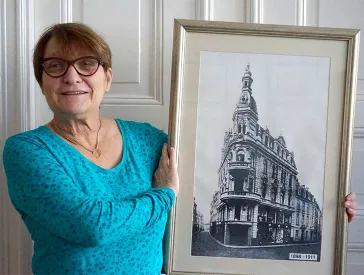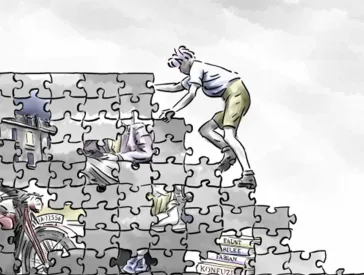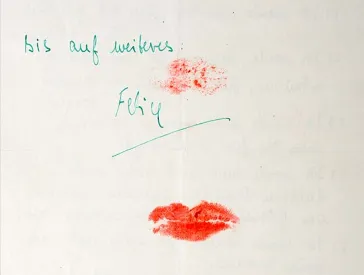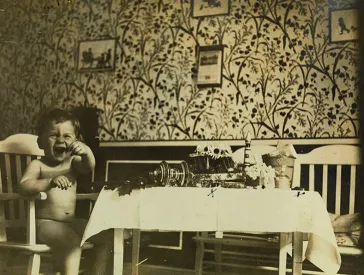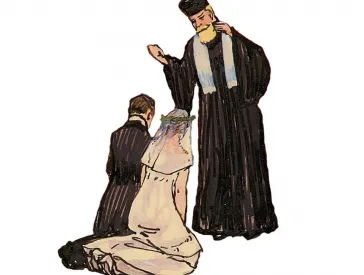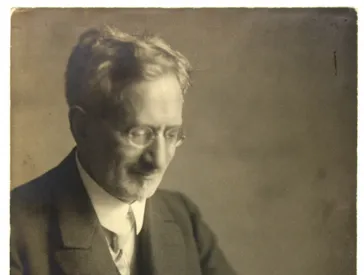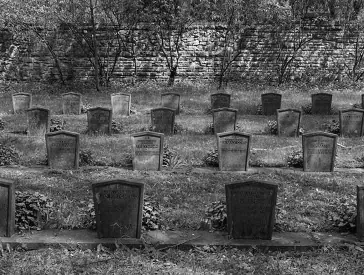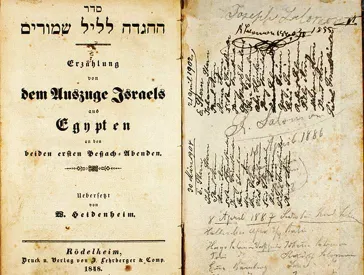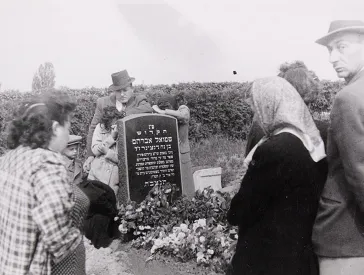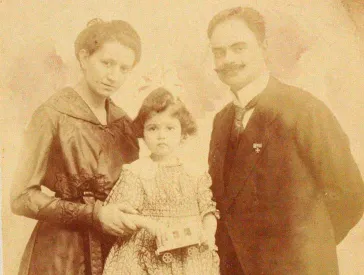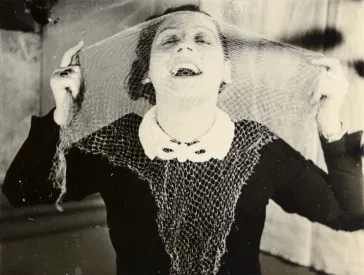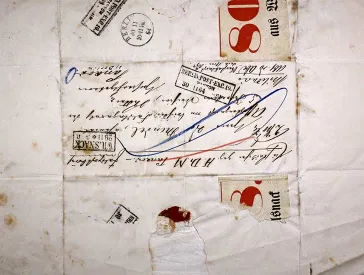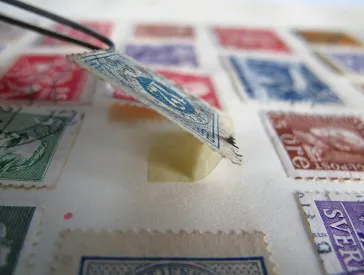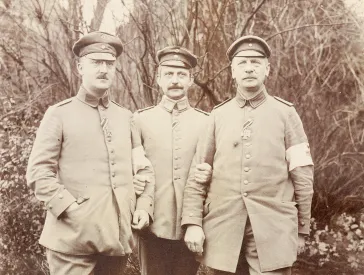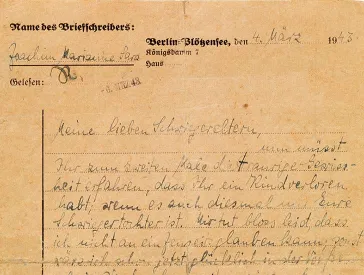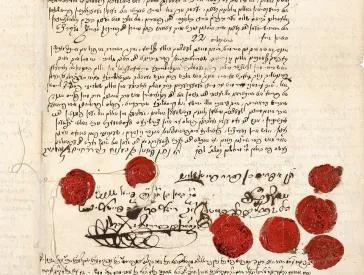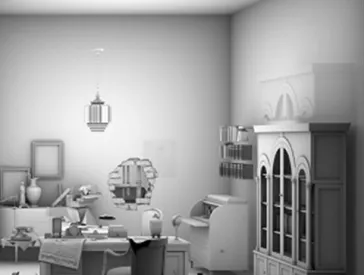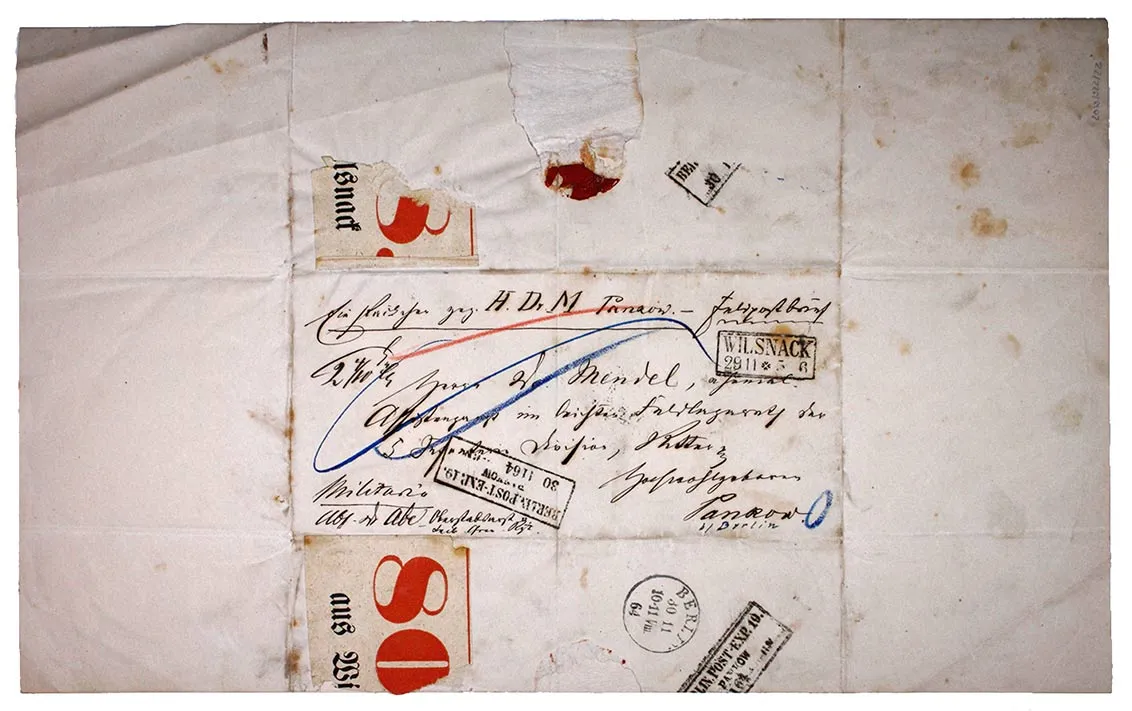
Restaurierung mit Brief und Siegel
Jedes Jahr kommen zahlreiche neue Objekte in die Sammlungen des Jüdischen Museums Berlin, die inventarisiert und wissenschaftlich bearbeitet werden. Viele dieser Objekte haben eine lange Geschichte hinter sich, oft sind sie einmal rund um den Erdball gereist. Durch Flucht, Emigration und jahrzehntelange Aufbewahrung sind manche Dokumente in einem so schlechten Zustand, dass sie nicht benutzt werden können, ohne weitere Schäden zu verursachen. Unsere Aufgabe als Papierrestaurator*innen ist es dann, diese Objekte so zu konservieren und gegebenenfalls zu restaurieren, dass man sie wieder gefahrlos in die Hand nehmen kann.
Bei einer Restaurierung ist es unabdingbar, die historischen, materialtechnischen und ästhetischen Dimensionen eines Objektes zu kennen und zu respektieren. Deshalb ist es immer notwendig, dessen Zustand vor Beginn der Restaurierung sorgfältig zu analysieren und in manchmal intensiven Recherchen herauszufinden, ob tatsächlich ein Schaden vorliegt oder der vorgefundene Zustand Teil der Objektgeschichte ist. Denn das Objekt soll nach der Behandlung nicht „wie neu“ aussehen, im Gegenteil: Wenn die vordergründigen Schäden ein wesentlicher Teil der Geschichte des Objekts sind, bleiben sie als solche sichtbar. Anschließend gilt es dann zu entscheiden, was angemessene konservatorische und restauratorische Maßnahmen sind.
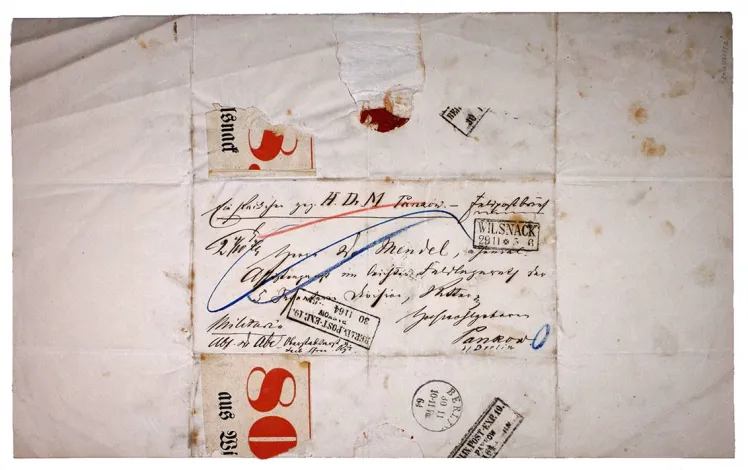
Das restaurierte Begleitschreiben zur Verleihungsurkunde des Roten Adler-Ordens IV. Klasse an Emanuel Mendel; Jüdisches Museum Berlin, Inv.-Nr. DOK 88/5/6, Schenkung von Wolfgang Schönpflug, Foto: Ulrike Neuwirth. Weitere Informationen zu diesem Dokument finden Sie in unseren Online-Sammlungen
Besonders spannend war diese Recherche im Fall der Sammlung Mendel. Der Berliner Neurologe und Psychiater Prof. Dr. Emanuel Mendel (1839–1907) hatte nach seinem Medizinstudium in Berlin und Breslau über Epilepsie promoviert und übernahm alsbald eine medizinische Praxis in Berlin-Pankow. Später richtete er dort eine über die Grenzen hinaus bekannte Klinik für Nervenkranke ein. Er wurde 1884 zum außerordentlichen Professor an der Berliner Friedrich-Wilhelms-Universität berufen. Mendel war neben seiner beruflichen Tätigkeit auch Politiker und saß von 1877 bis 1881 als Abgeordneter der Fortschrittspartei im Reichstag. 1893 gehörte er zu den Gründern des Centralvereins deutscher Bürger jüdischen Glaubens. Die Sammlung Mendel wurde dem Museum 2013 von Prof. Dr. Wolfgang Schönpflug gestiftet, einem Urenkel Emanuel Mendels.
Vier Schriftstücke erforderten, dass wir uns besonders mit ihnen beschäftigten: Dabei handelte es sich unter anderem um Briefe, welche die Verleihung des Roten Adler-Ordens an Emanuel Mendel betreffen, sowie weitere Briefe, die von verschiedenen offiziellen Stellen verfasst wurden. Sie stammen aus den Jahren von 1864 bis 1867 und bestehen aus je einem Doppelbogen Papier, auf dessen linker Hälfte der*die Empfänger*in und der rechten Hälfte der Brieftext geschrieben wurde. Daneben fanden sich noch Stempel und Reste von Siegeln. Alle vier Briefe wiesen gemeinsame charakteristische Beschädigungen auf. Bei dreien fanden sich größere Fehlstellen an der linken Blattkante sowie Risse und Papierfragmente im Bereich der nur noch fragmentarisch erhaltenen Siegel.
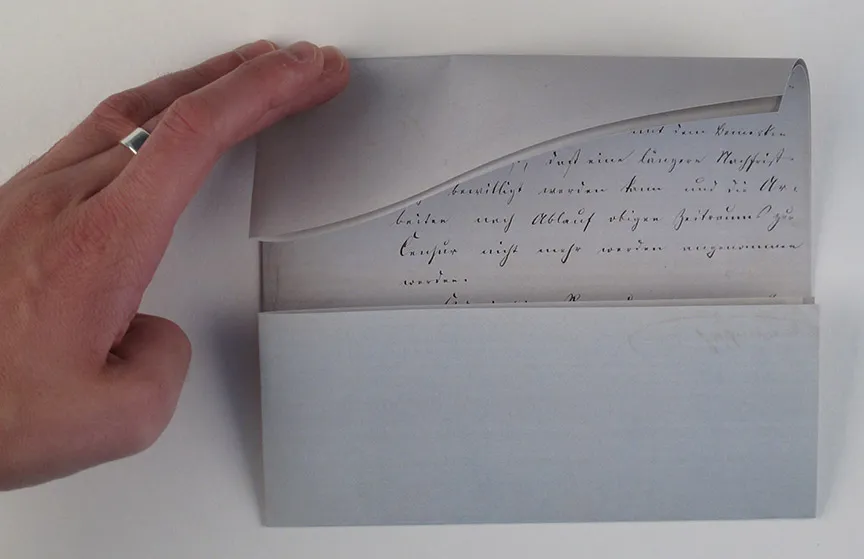 X
X
Die Rekonstruktion anhand maßstabsgetreuer Fotoausdrucke: Der Doppelbogen mit der Nachricht wird so gefaltet, dass der Inhalt im Inneren verborgen ist. …
Die Merkmale der Briefbogen weisen darauf hin, dass diese gleichzeitig als Umschläge dienten. Für uns ist es heute selbstverständlich, Briefe in einem Umschlag zu verschicken. Briefumschläge fanden allerdings erst Ende des 19. Jahrhunderts eine breite Verwendung. Bis dahin wurden Briefe so gefaltet, dass der Inhalt von außen nicht lesbar war. Zusätzlich gab es als Verschluss und Bestätigung der Echtheit ein Siegel aus Wachs, Lack oder einer mit einem dünnen Papier bedeckten Teigmasse, das in unterschiedlichen Techniken aufgebracht wurde. Häufig wurde das Siegelmaterial mit einer Petschaft, einer Art Siegelstempel, auf den Brief aufgedrückt und gleichzeitig ein graviertes Monogramm oder Wappen eingedrückt. Die Adresse schrieb man dann auf die Vorderseite, die sich durch die Faltungen ergab. Sie erscheint deshalb für uns heute um 90° gedreht. Anschließend erfolgte die Zustellung per Boten oder durch die offizielle Postbeförderung, wovon die Stempel auf den vorliegenden Briefen zeugen. Der*die Empfänger*in konnte den Brief nur öffnen, indem sie*er das Siegel zerbrach.
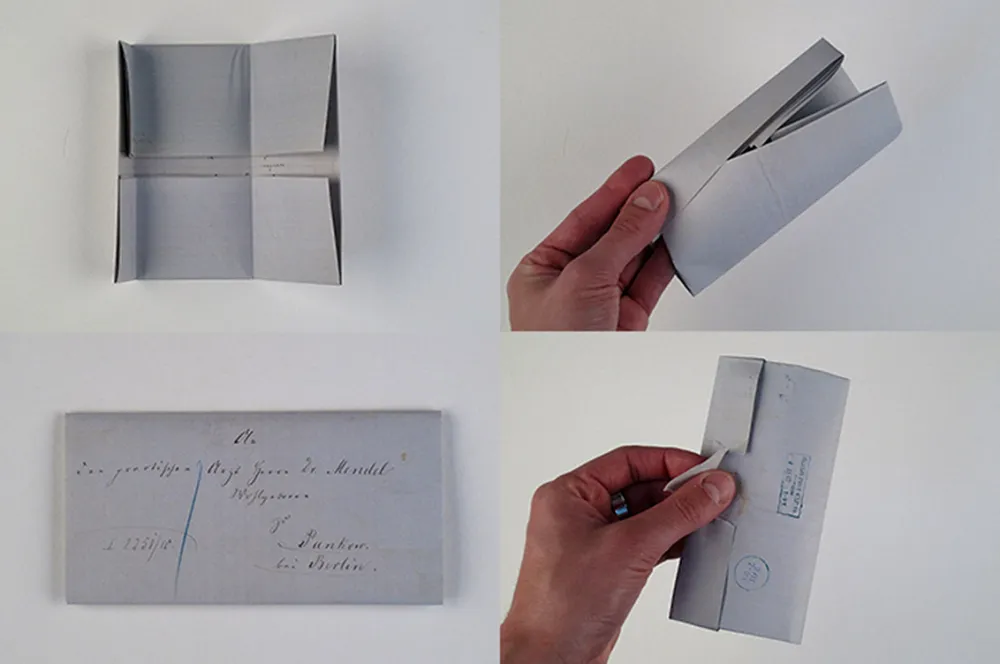 X
X
… Durch die Faltungen entsteht eine Lasche, in die die eine Seite geschoben wird. Anschließend wird der gefaltete Brief mit einem Siegel verschlossen und auf dem entstandenen Feld adressiert. Zum Öffnen muss das Siegel aufgebrochen werden. …
Mit Hilfe von maßstabsgetreuen Fotoausdrucken konnten wir im Fall der vier Schriftstücke aus der Sammlung Mendel die Faltung und Versiegelung der Briefe nachstellen. Durch diese Rekonstruktion war es uns möglich, das Entstehen der Fehlstellen auf das Öffnen der versiegelten Briefe zurückzuführen. Die Stellen, die wir zunächst als Beschädigungen wahrgenommen hatten, wurden dadurch zu einem wesentlichen Bestandteil der Briefe selbst. Wir entschieden uns deshalb dafür, an den Briefen nur konservatorische Maßnahmen durchzuführen, die den vorgefundenen Zustand sichern. Die am Siegelmaterial klebenden Fragmente haben wir so belassen, wie wir sie vorfanden, und nicht wieder in die entsprechenden Fehlstellen eingesetzt. Wir verzichteten auch darauf, an diesen Stellen zusätzliche Ergänzungen vorzunehmen. Stattdessen stabilisierten wir die Risse und fragilen Bereiche mit dünnem Japanpapier, so dass die Schäden, die beim Öffnen der Briefe entstanden waren, weiterhin sichtbar sind und die ursprüngliche Faltung nachvollziehbar bleibt. Die vier nunmehr restaurierten Briefe können jetzt gefahrlos in unserem Archiv von Wissenschaftler*innen eingesehen werden, in Archivworkshops zum Einsatz kommen oder vielleicht auch irgendwann in unserer Dauerausstellung gezeigt werden.
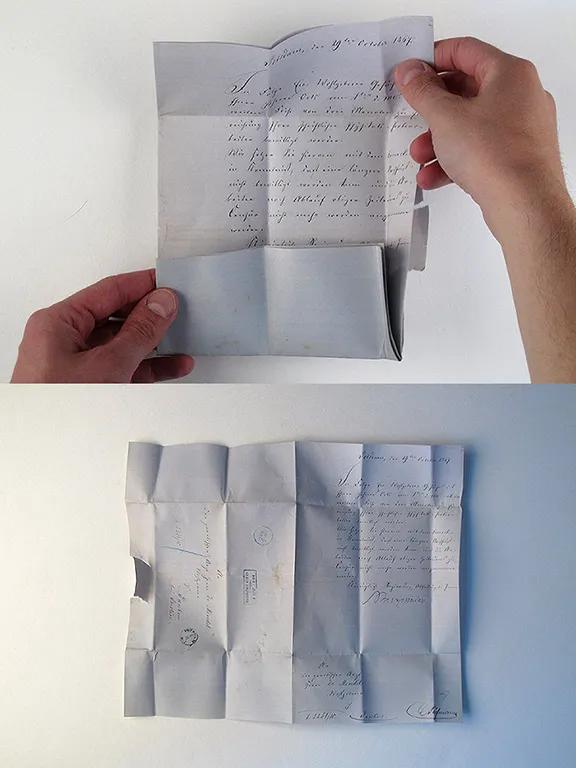 X
X
… Der Brief kann dann aufgefaltet und gelesen werden. Die Faltungen zeichnen sich deutlich ab. Im Originalbrief sind die Faltungen immer noch erkennbar; Jüdisches Museum Berlin, Fotos: Stephan Lohrengel
Die Papierrestaurator*innen Stephan Lohrengel und Kirsten Meyer schreiben sich nur noch elektronische Briefe, ganz ohne Faltungen.
Zitierempfehlung:
Stephan Lohrengel (2015), Restaurierung mit Brief und Siegel.
URL: www.jmberlin.de/node/6761
Blick hinter die Kulissen: Anekdoten und spannende Funde bei der Arbeit mit unserer Sammlung (22)
